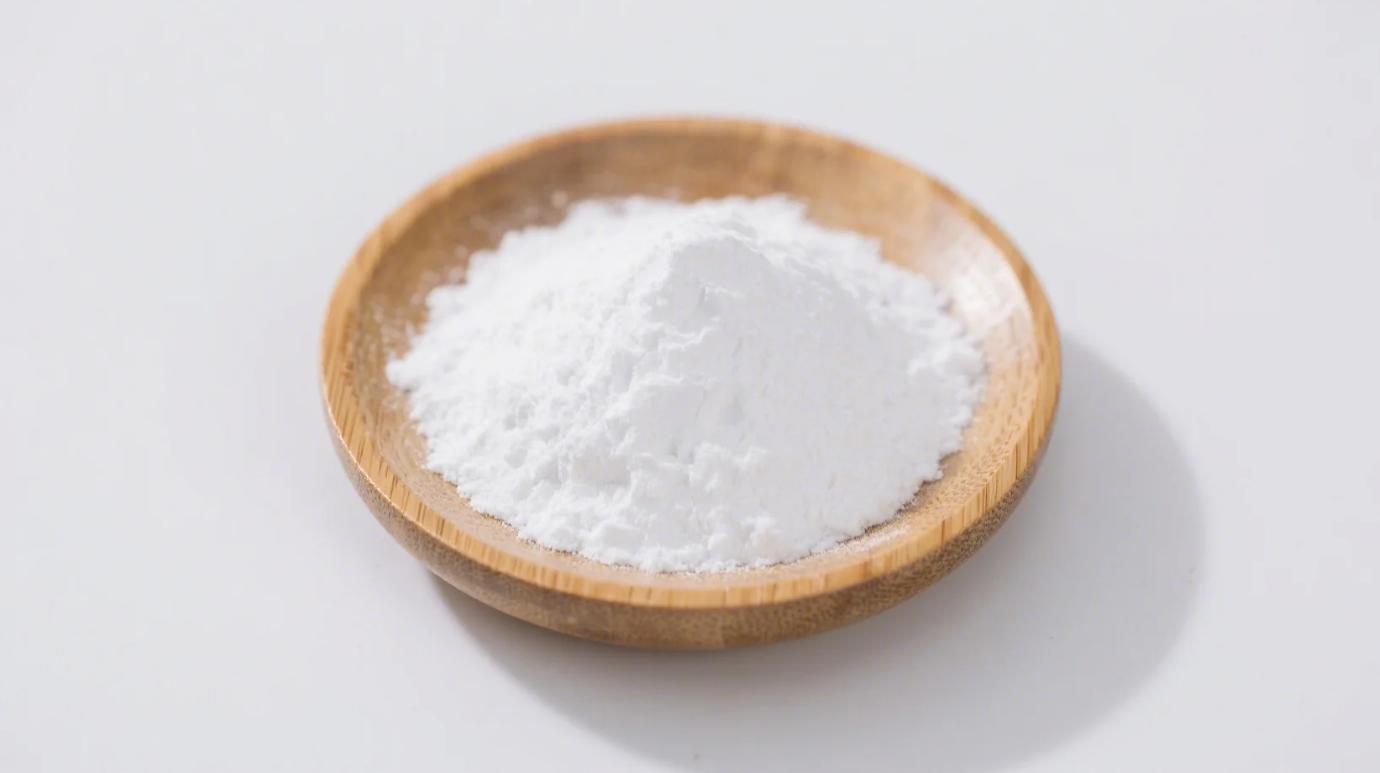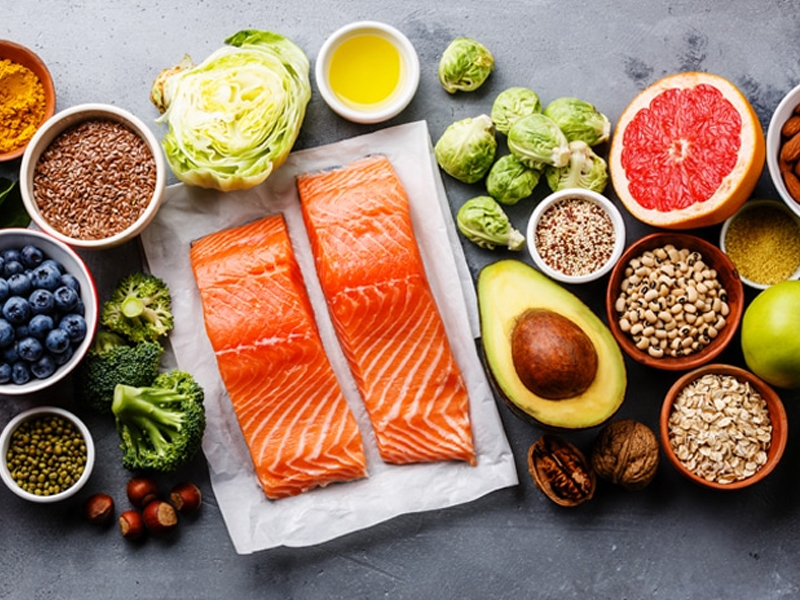You’ve seen both thicken sauces and crisp fried chicken—but cornstarch and potato starch are biochemical rivals with wildly different talents. Choosing the wrong one can turn gravy into glue or leave your gluten-free cake gritty. Let’s dissect their hidden differences and why organic certification isn’t just “nice to have”—it’s essential for health and performance.
The Molecular Showdown: From Soil to Saucepan
| Factor | Organic Cornstarch | Organic Potato Starch |
|---|---|---|
| Source Anatomy | Endosperm of corn kernels → dense granules | Tuber cells → large, fragile granules |
| Starch Structure | 75% amylopectin (branching chains) | 80% amylose (straight chains) |
| Thickening Power | High (forms glossy, transparent gels) | Moderate (cloudy, silky texture) |
| Activation Temp | 85°C+ → requires boiling | 65°C → thickens in warm liquids |
| Freeze/Thaw Stability | Weeps water → icy crystals form | Retains smoothness → ideal for frozen desserts |
| Crisping Factor | Ultra-crunchy but hardens when cold | Lighter crisp, stays tender |
3 Kitchen Disasters Waiting to Happen (If You Swap Them)
- ”Gummy Bear” Pie Filling
Potato starch over-thickens acidic fruits (pH < 4.5) → rubbery texture. Cornstarch stays stable.
Fix: Use cornstarch for berry pies; potato for custards. - Fried Chicken Fail
Cornstarch creates thick armor → oil can’t penetrate. Potato starch soaks oil → soggy crust.
Fix: Blend both 1:1 → crackling crust that stays crisp. - Gluten-Free Baking Sorrow
Potato starch adds chew but dries dough. Cornstarch weakens structure → crumbly cake.
Fix: 70% potato + 30% cornstarch mimics wheat flour.
Why “Organic” Matters More Than You Think
Non-organic cornstarch risks include:
- Glyphosate residues (avg. 1.2 ppm) → disrupts gut microbiota
- GMO contamination (Bt toxins in 93% of conventional samples)
- Chlorine bleaching → forms dioxins when heated
Non-organic potato starch dangers:
- Glycoalkaloids (solanine) from stressed farming → gastrointestinal inflammation
- Pesticide absorption (neonicotinoids in tubers) → neurotoxic effects
- Sulfite preservatives → destroys vitamin B1
Organic certification guarantees:
→ No synthetic pesticides or GMOs
→ Ozonated water washing (preserves natural enzymes)
→ Soil heavy-metal remediation
Health & Gut Impact: Beyond Thickening
| Metric | Cornstarch | Potato Starch |
|---|---|---|
| Resistant Starch | 0% (digests rapidly) | Type RS2 (7–10g/100g) → prebiotic |
| Allergen Risk | Moderate (corn allergies exist) | Very low |
| Mineral Density | Phosphorus (3mg/g) | Potassium (15mg/g) |
| Blood Sugar Rise | GI 85–90 → rapid spike | GI 40–45 → slower release |
Note: Organic processing doubles resistant starch in potato starch.
The Regenerative Agriculture Edge
Organic cornstarch farms:
- Plant nitrogen-fixing cover crops → no synthetic fertilizers
- Mycorrhizal fungi partnerships → sequester 3x more carbon
Organic potato starch farms:
- Crop rotation with legumes → slashes pest pressure 80%
- Compost tea soil drenches → boosts mineral density 30%
The Fridge Test: How to Spot Quality
- Cornstarch
Mix 1 tsp with 10ml cold water. High-quality organic:
→ Sinks slowly (dense granules)
→ Leaves no residue when rubbed - Potato Starch
Whisk 1 tsp into 10ml water. Authentic organic:
→ Cloudy but smooth
→ Settles in 5 mins (indicating purity)
The Verdict: Partners, Not Twins
Cornstarch is your glossy, high-heat warrior for sauces. Potato starch reigns for delicate creams, baking stability, and gut health. But conventional versions sabotage health with chemical hitchhikers. Organic starch isn’t a luxury—it’s molecular integrity.
Pro Tip: Blend both 50/50 to thicken soups. Cornstarch’s gloss meets potato starch’s freeze resistance—with zero clumping. That’s culinary alchemy.
Next time you bake, remember: Choosing organic isn’t just ethics. It’s the difference between sauce and cement—or bloating and balance.
Related Products
Organic Potato Starch Powder
White powder, excellent thickening, USDA & EU Organic, vegan, non-GMO.
Organic Cornstarch
Premium Gluten-Free Thickener & Stabilizer for Food, Pharma & Industrial Applications



